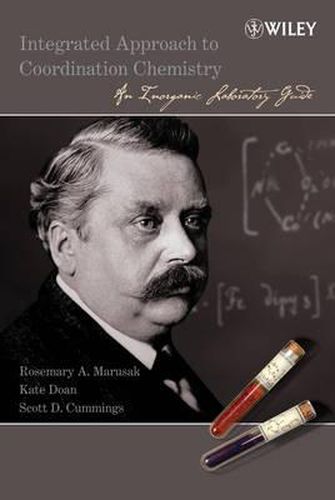Readings Newsletter
Become a Readings Member to make your shopping experience even easier.
Sign in or sign up for free!
You’re not far away from qualifying for FREE standard shipping within Australia
You’ve qualified for FREE standard shipping within Australia
The cart is loading…






Coordination chemistry is the study of compounds formed between metal ions and other neutral or negatively charged molecules. This book offers a series of investigative inorganic laboratories approached through systematic coordination chemistry. It not only highlights the key fundamental components of the coordination chemistry field, it also exemplifies the historical development of concepts in the field. In order to graduate as a chemistry major that fills the requirements of the American Chemical Society, a student needs to take a laboratory course in inorganic chemistry. Most professors who teach and inorganic chemistry laboratory prefer to emphasize coordination chemistry rather than attempting to cover all aspects of inorganic chemistry; because it keeps the students focused on a cohesive part of inorganic chemistry, which has applications in medicine, the environment, molecular biology, organic synthesis, and inorganic materials.
$9.00 standard shipping within Australia
FREE standard shipping within Australia for orders over $100.00
Express & International shipping calculated at checkout
Coordination chemistry is the study of compounds formed between metal ions and other neutral or negatively charged molecules. This book offers a series of investigative inorganic laboratories approached through systematic coordination chemistry. It not only highlights the key fundamental components of the coordination chemistry field, it also exemplifies the historical development of concepts in the field. In order to graduate as a chemistry major that fills the requirements of the American Chemical Society, a student needs to take a laboratory course in inorganic chemistry. Most professors who teach and inorganic chemistry laboratory prefer to emphasize coordination chemistry rather than attempting to cover all aspects of inorganic chemistry; because it keeps the students focused on a cohesive part of inorganic chemistry, which has applications in medicine, the environment, molecular biology, organic synthesis, and inorganic materials.